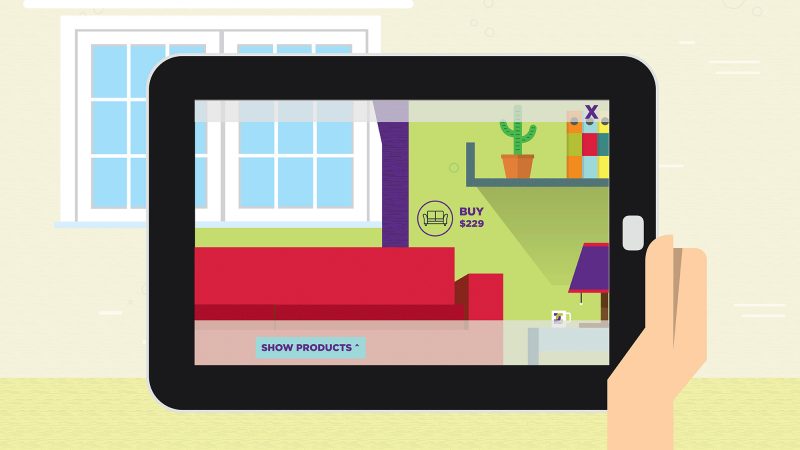
AR, VR and AI: Using New Technologies To Create Competitive Advantage
As technology continues to become more and more prevalent in our everyday lives, it is important for us to learn the differences between new computer systems and the ways in which they can be used to capture value. All too often, businesses will adjust to and learn to implement only one kind of technology, just for another newer and preferred platform to come along and force them to start this process all over again. Marketers need to be consistently looking to the future and staying up to date on these innovations in order to determine the most practical applications for their companies.
There are three types of technology that we as marketers will be using more frequently (and much sooner than you may think):
- Augmented Reality (AR) involves virtual enhancement of a real-world environment. AR systems identify existing objects and conditions, and then augment them with superimposed, computer-generated imagery. AR includes technology like Snapchat filters, the Uber app and Pokémon Go.
- Virtual Reality (VR) uses an interactive, artificial world to suspend doubt in the user. VR systems combine software and hardware to create some degree of immersion and sensory feedback. Most video games involve some level of VR immersion.
- Artificial Intelligence (AI) adds adaptive learning and/or intelligence to computers so that performance is improved. Computers with AI capabilities can learn from experience, adjust to new inputs and perform some human-like tasks using data collection and storage. AI encompasses anything from smart speakers to self-driving cars.
But how do we use this information to create competitive advantage?
The increasing accessibility of information through social media—and internet usage in general—has opened the door for many companies looking to differentiate their offerings through personalization.
- Augmenting Customer Realities: By tailoring your company’s products or services for use on AR equipped platforms, customers will be able to view your offering in their physical environment. Ikea’s “IKEA Place” app does this particularly well, allowing customers to preview furniture wherever they plan to place it in their homes.
- Using the Past to Inform the Future: Data collected by retailers about customers’ historical information from past purchases can be used to create deeper engagement at home or in-store. Companies will be able to suggest and possibly even predict future purchase decisions with the use of AI.
- Increasing Interest through Interaction: Consumers are becoming less and less interested by traditional advertising in mass markets. It is no longer enough for brands to include a prominent celebrity or an adorable animal in their ad. Advertisements through VR platforms will allow for seemingly real user-product interaction and will likely be more successful in influencing purchase decisions in the coming years.
How will your brand use these tools to capture value for your audience? Tell us how by tweeting us @DEVENEYMKTG